Photography is an art form that constantly evolves, and mastering it requires not only skill but also an understanding of the tools and workflows that professionals employ. Thanks to a recent survey conducted by CYME, we’ve gained valuable insights into the software preferences and organizational habits of photographers. Let’s delve into the key takeaways from the survey and uncover the insider tips that can help you elevate your photography game.
Ever Wondered How Many Software Photographers Use?
With an average of 4.7 software per photographer, there’s a world of options to explore for enhancing your photography. Whether you’re a seasoned professional or a budding enthusiast, experimenting with different software can open up new avenues for creativity and experimentation.
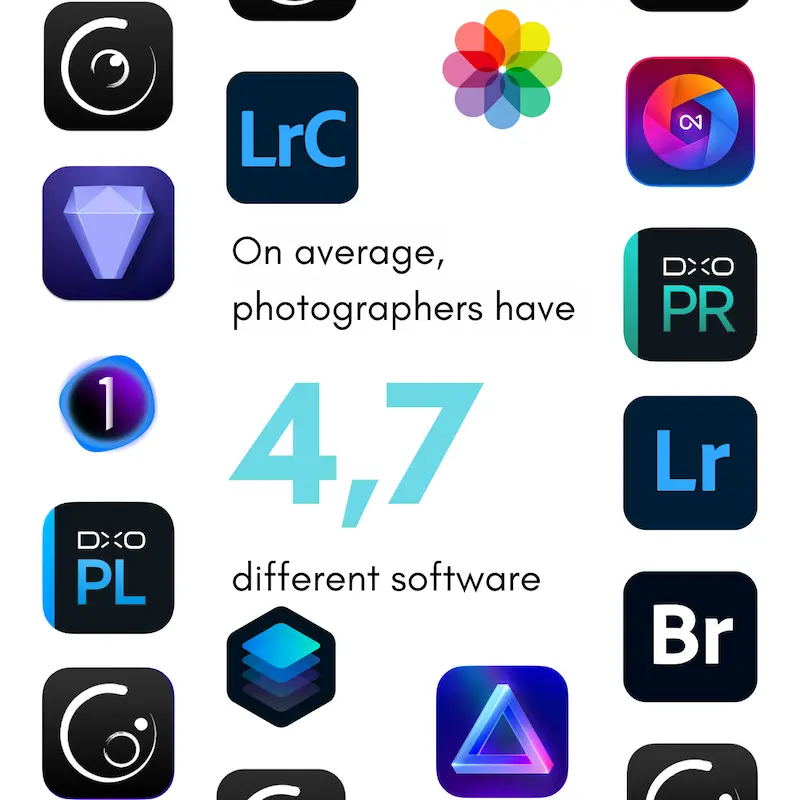
Curious About the Most Popular Software?
According to the survey results, Lightroom, Apple Photos, and DXO PhotoLab emerge as the frontrunners in the realm of photography software. These three programs are some very well-known solutions. Apple’s software provides basic photo management and editing tools. Lightroom and DXO have been trusted by photographers for their quality and longevity in the market.
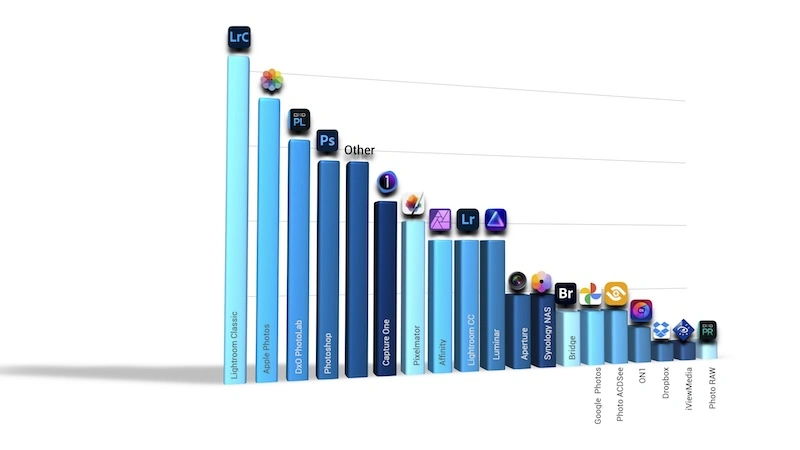
Are Plugins Essential in Lightroom?
Plugins are a game-changer in Lightroom, with nearly half of users relying on them to supercharge their editing workflow.

- According to photographers’ preferences, Topaz Labs Studio 2 is ranked as the top used plugin, offering a creative editing platform with a user-friendly interface and comprehensive features.
- Following closely is DXO Nik Collection, known for its suite of eight plugins including Analog Efex Pro 2 and Color Efex Pro 4.
- ON1 Photo Raw ranks next, providing professional-grade editing features and seamless integration with Lightroom.
- DXO PhotoLab follows suit with its exceptional Raw processing engine and advanced editing capabilities.
- Negative Lab Pro stands out for simplifying color negative conversions…
- …while Luminar Neo offers AI-powered tools and presets for comprehensive photo enhancement.
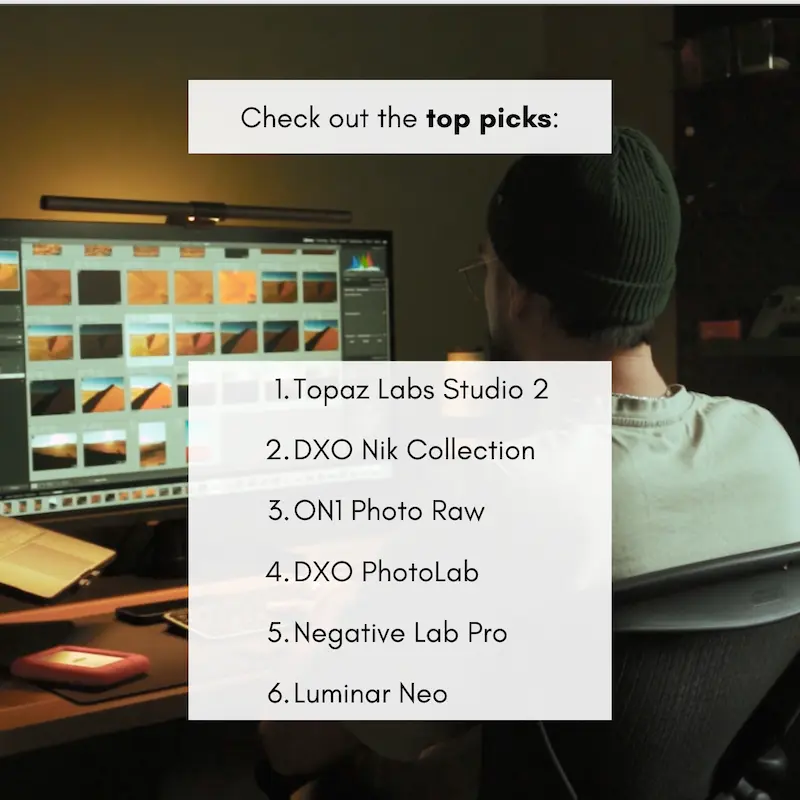
How Many Catalogs Do Photographers Manage?
While most photographers manage a manageable number of catalogs, some handle an impressive 60,000, showcasing the importance of organizational skills in photography. Whether you’re juggling multiple projects or organizing your portfolio, effective catalog management is essential for maintaining workflow efficiency and accessibility.
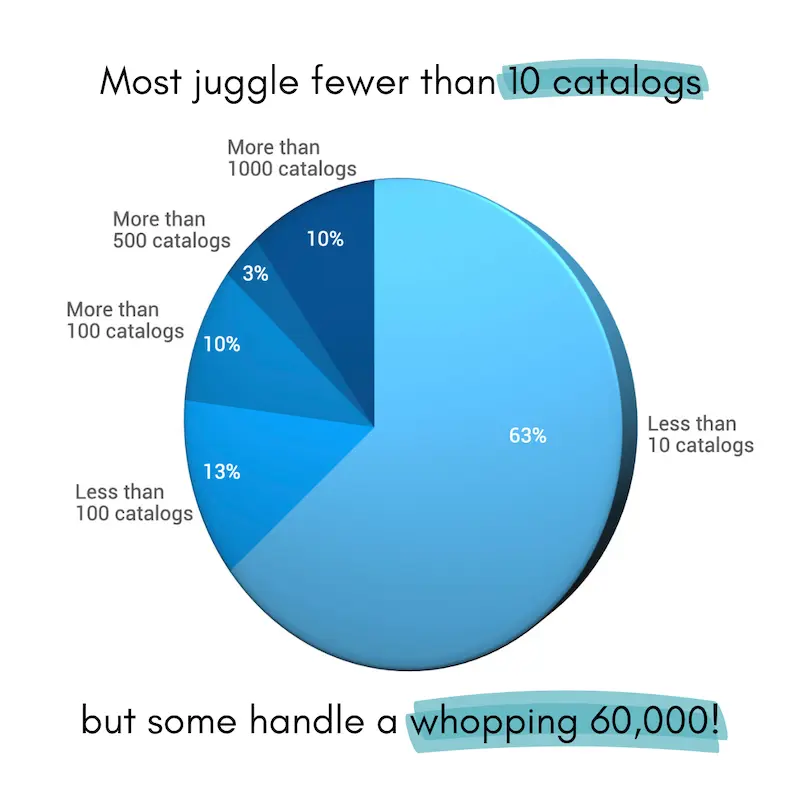
How Do They Organize Catalogs?
Managing photo catalogs is not as trivial as it may seem. Grouping all your photos together in a catalog has a number of advantages: it enables you to carry out a centralized search, and find your images easily. But large catalogs can be cumbersome for software to manage. So what do photographers do? While most photographers only create a catalog when their own is too full, many of you are organized. Photographers employ various strategies for organizing their catalogs, ranging from creating new catalogs for each project to categorizing images based on themes or subjects. By adopting systematic approaches to catalog management, photographers can streamline their workflow and easily locate specific images when needed.
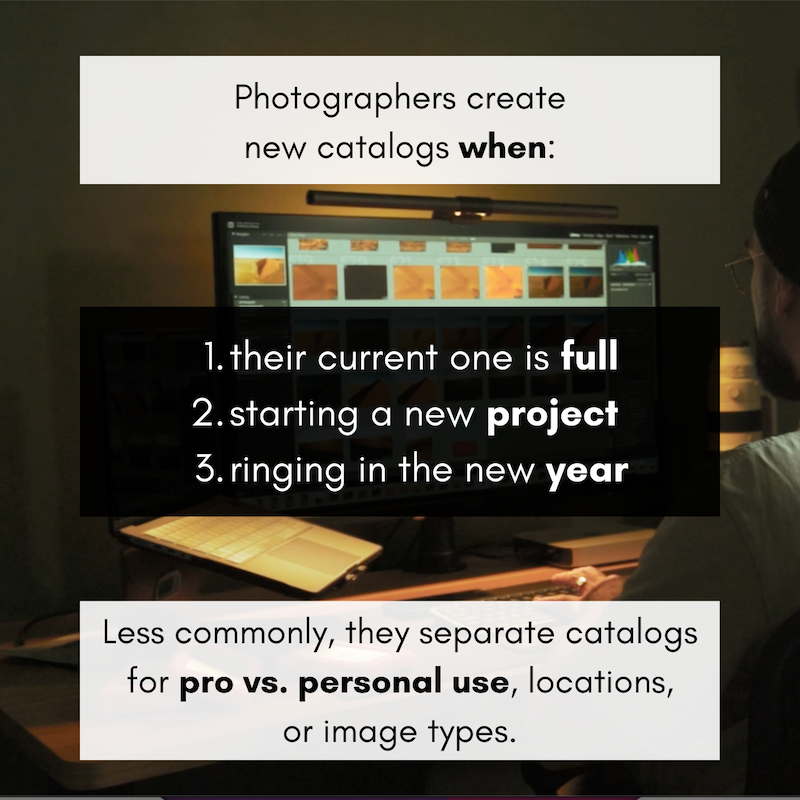
To conclude
Did you find inspiration by understanding the software, plugins, and organizational strategies used by other photographers? Share your insights with us and join our survey. And don’t forget, no matter which organizational workflow you choose, Peakto is THE solution for giving you a clear view of ALL your photos.
Some of the links used on cyme.io are affiliate links. This means if you click on one and buy something, we get a bonus without costing you more. All opinions remain our own.










